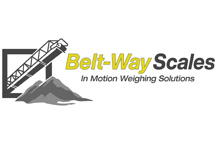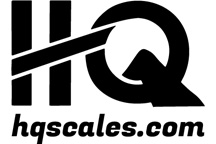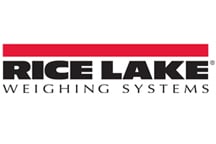Belt Scales
Let Us Help You
Keep Production Moving Maximize Uptime Ensure Accuracy Minimize Downtime
Whether you’re tracking material throughput or monitoring efficiency, our experts can help you find the right belt scale for your operation.

High Accuracy Load Monitoring

Low Maintenance

Rugged Design

Reliable Results
When Every Load Matters, Choose Michelli.
Sales
Equipment from top manufacturersBelt Scales
Get the equipment you needThe Michelli product specialists can help you source top quality belt scales designed to get the job done.
Calibration
Ensuring accuracy & precisionCalibration
Accuracy is essentialThe Michelli service experts understand that accuracy and precision aren’t optional. Our team performs traceable calibration to help you ensure reliable results.
Installation
Setting a solid foundationInstallation
Reliable results from the beginningThe Michelli Weighing & Measurement expert service team will install your belt scale solution to ensure reliable results from day one.
Maintenance
Increase equipment longevityPreventative Maintenance
Protect your investmentMichelli service experts can help ensure proper equipment maintenance to increase longevity and help you get the most out of your investment.
FREQUENTLY ASKED QUESTIONS
Are belt scales accurate?
Yes, belt scales can be highly accurate and dependable—when the right system is properly installed and calibrated. Choosing the correct belt scale model and ensuring proper setup is key to performance.
Does conveyor speed affect weighing accuracy?
Yes. Slower conveyor speeds improve accuracy because more material is carried across the scale at a time, and it remains on the scale longer. This provides a larger, more stable sample weight for the system to measure.
Why is a dual-idler belt scale more accurate than a single-idler model?
Dual-idler belt scales offer a longer weigh zone and a 100% material sample between two live idlers. With proper installation and consistent material, a dual-idler system can achieve up to ±0.5% accuracy.
What is the most accurate way to calibrate a belt scale?
Here’s a breakdown of calibration methods in order of effectiveness:
- Material Test (Best Accuracy)
Material is weighed on a certified truck or rail scale (must be tested first), then compared to the weight recorded on the belt scale. This test accounts for conveyor and material inconsistencies, making it the most reliable calibration method. - Test Chain (Less Practical)
A weighted chain is placed on the belt over the scale. Requires different chains for each load cell setup and poses risk of damage. Rarely used in practice. - Known Weight Test (Most Common)
A test weight is applied directly to the scale, and the belt is run through one or more full revolutions. Reliable for most applications and the most widely used method. - Resistor Calibration (R-Cal)
This method simulates a calibration electronically. While useful for quick checks, it is not a true calibration and assumes perfect conditions, which rarely exist. - Cut Test (Least Accurate)
Material from a section of belt is collected and weighed. Pounds per foot are calculated and used to estimate tons per hour. Sample errors multiply, making this the least reliable method.
Are Legal-for-Trade belt scales available?
Yes, but only in a quad-idler configuration. They require annual material testing with multiple passes and no deviation. If a test fails, the process must restart. It works—but where possible, a certified static scale is typically preferred for Legal-for-Trade use.
Do integrator settings affect belt scale accuracy?
Absolutely. Parameters like idler spacing, conveyor angle, belt speed, and belt length directly impact accuracy. If the integrator receives incorrect input, it will deliver inaccurate output. Accurate data in = accurate results out.





